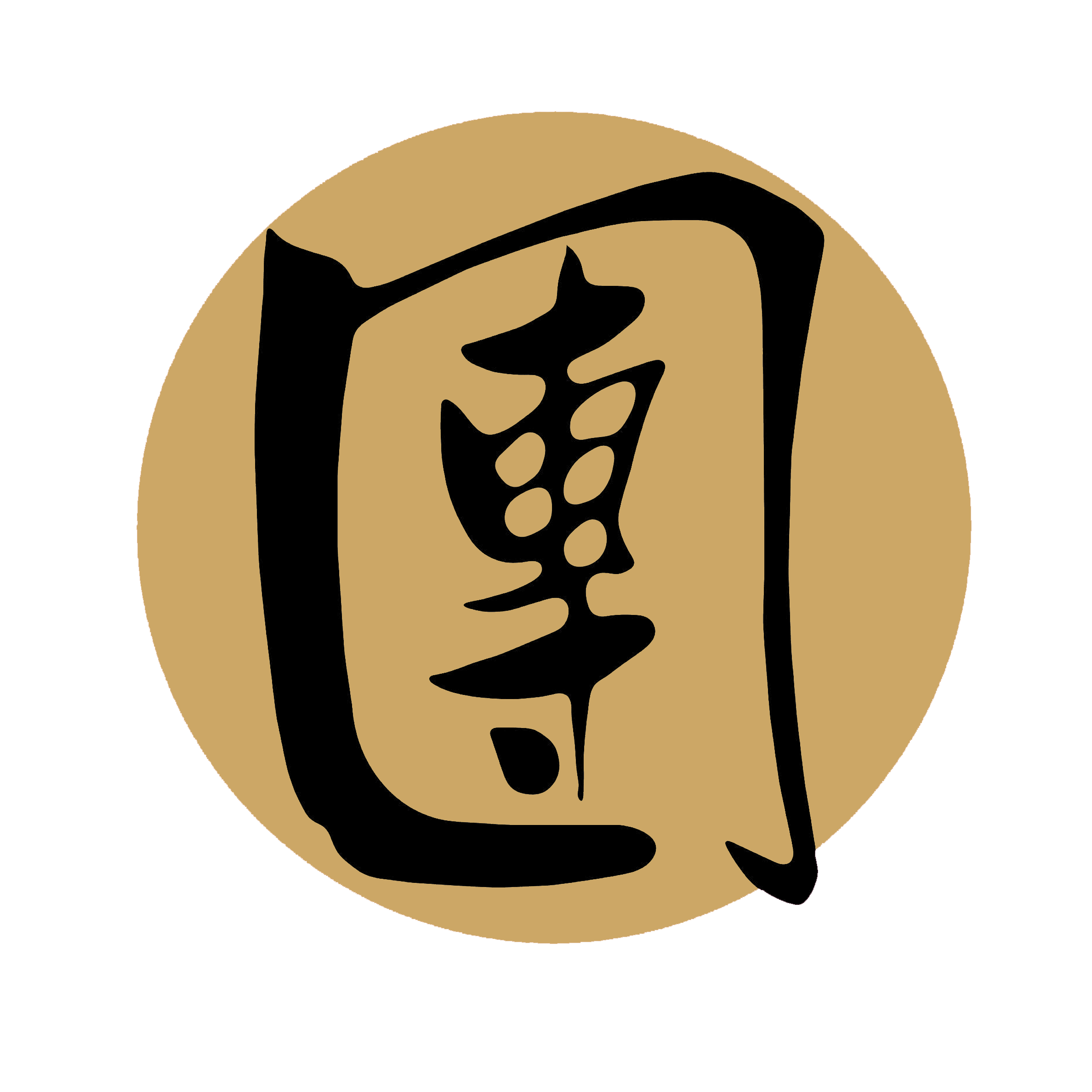55. Peet-jeung: Choy Li Fut Kung Fu Technique
Peet-Jeung: The Power of the Sweeping Palm
Technique in Martial Arts Peet-Jeung, also known as the Sweeping Palm, is a powerful technique that has its roots in traditional Chinese martial arts. This technique involves a downward striking motion with the palm edge, delivering devastating blows to various targets. In this article, we explore the intricacies of Peet-Jeung, its applications, training methods, and the underlying principles that make it an essential technique in martial arts practice. The essence of Peet-Jeung lies in its ability to generate force and deliver precise strikes.
By employing the palm edge, practitioners are able to strike with speed, accuracy, and efficiency. This technique can be used to target vital areas such as the nose, temple, ribs, or kidneys, making it an effective tool for both offensive and defensive purposes. Training in Peet-Jeung begins with mastering the fundamental palm striking technique. Practitioners focus on developing proper hand positioning, alignment, and generating power from the lower body.
They engage in various drills, striking targets such as focus pads or sandbags, to enhance their striking precision and power. Through consistent practice, practitioners refine their technique, ensuring that each strike is executed with maximum impact. Footwork and body mechanics play a crucial role in the effectiveness of Peet-Jeung. Practitioners learn to synchronize their body movements with the striking motion, generating power from the rotation of the hips and the transfer of weight. Proper footwork allows for optimal positioning, balance, and the ability to generate explosive force in the strike. It is through the integration of footwork and body mechanics that the true power of Peet-Jeung is unleashed.
Another important aspect of Peet-Jeung training is developing timing and coordination. Practitioners engage in partner drills, focusing on striking and evading techniques. This training helps practitioners cultivate the ability to anticipate and counter an opponent's movements effectively. By honing their timing and coordination, practitioners can deliver Peet-Jeung strikes with precision and capitalize on openings created by their opponent's actions. Peet-Jeung is not only a practical technique but also embodies essential principles in martial arts. It teaches practitioners the importance of body alignment, generating power from the center, and the cultivation of focused intent.
Practitioners learn to harness their energy and direct it into their strikes, maximizing their effectiveness. Peet-Jeung also emphasizes the importance of discipline, focus, and the ability to maintain composure under pressure. In combat scenarios, Peet-Jeung can be a formidable weapon. Its quick, powerful strikes can catch opponents off guard, disrupting their balance and creating opportunities for follow-up techniques. Its versatility allows practitioners to adapt the technique to different situations, whether it's a close-quarters encounter or a striking exchange from a distance. Peet-Jeung's effectiveness lies in its simplicity and efficiency, making it a valuable asset in self-defense or martial arts competitions.
In conclusion, Peet-Jeung, the Sweeping Palm technique, is a fundamental technique in martial arts that empowers practitioners with devastating striking capabilities. Through dedicated training and practice, practitioners can unlock the true potential of Peet-Jeung, refining their technique, power, and precision. This technique not only serves as a practical tool for combat but also embodies the principles of martial arts, teaching discipline, focus, and the cultivation of focused intent.nd the importance of adaptability and sensitivity in martial arts practice.
